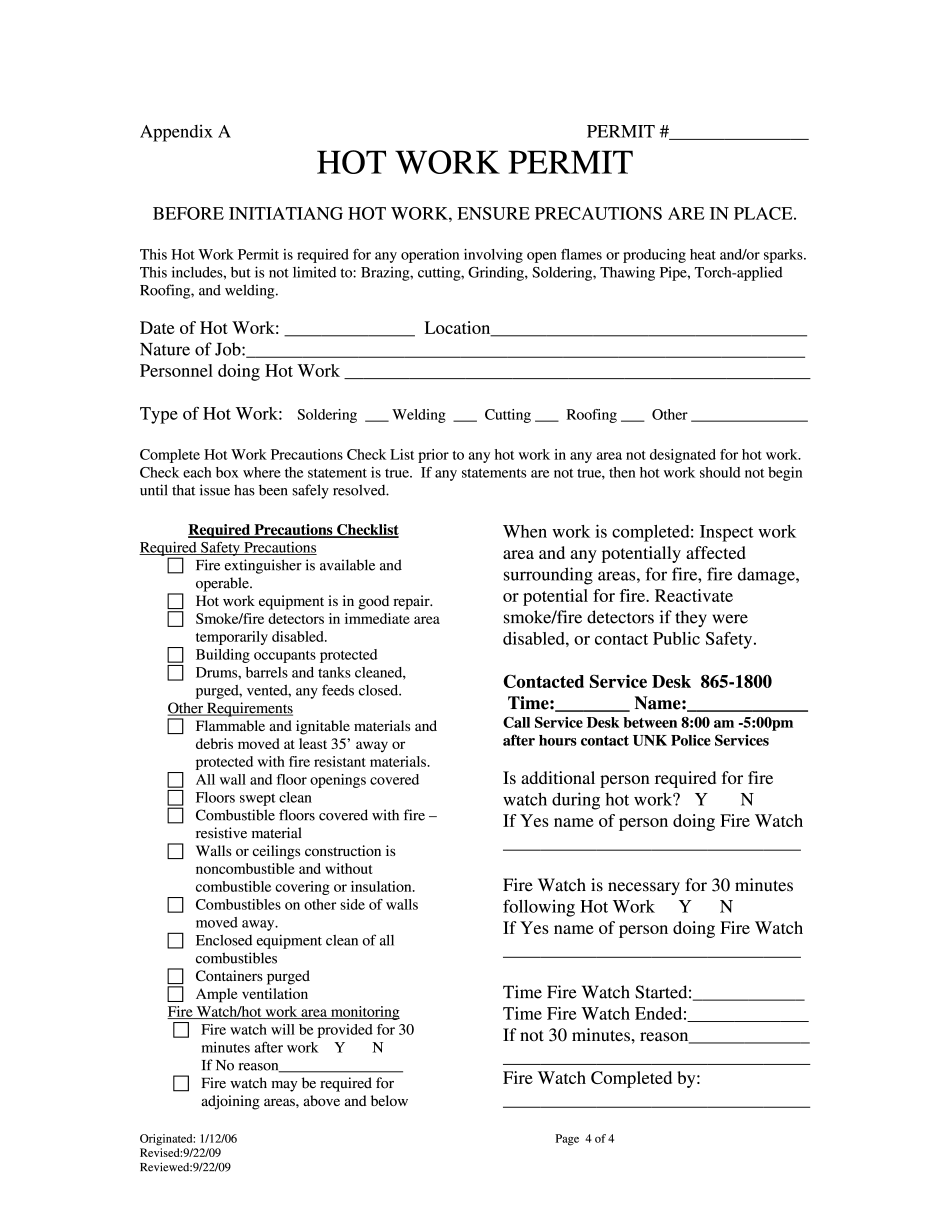Welcome to welding, cutting, and grinding hot work safety awareness. This program will instruct you on how to identify the common hazards associated with welding, cutting, and grinding and outline the steps you can take to avoid dangerous situations before they occur. Preparing a safe work environment for welding, cutting, and grinding is an important first step before getting to work. In this section, we're going to look at the challenges of welding, cutting, and grinding in a shipyard. However, these same safe practices and procedures would apply to any work environment. No matter where you work, you need to be aware of a few specific requirements designed to keep you and your co-workers safe. An additional measure for preparing a safe work area for hot work is to inspect the actual piece you will be working on for any unknown coating. Never apply heat to a workpiece covered by an unknown substance or coating as this could produce flammable or toxic vapors. The radiant heat from your hot work can be transmitted to any materials contiguous to your workpiece. Even if the area you're working on is many feet from an area with an unknown coating, there is still a risk that radiant heat will create a hazardous environment when it reaches the coated area. Likewise, after completing a welding job, the material should be marked hot or posted with a warning sign to caution other employees.
Award-winning PDF software





Hot work hazards Form: What You Should Know
Performing the Hot Work Inspection Performing a hot work inspection as part of the process of completing a safety or health inspection or as a precursor to the safety or health inspection process to ensure the safety of employees performing hot work. Perform the Hot Work Inspection as part of the program. Performing the inspection with the SOS CAT program in place or using alternative detection procedures (such as the Fire Marshal's Hot Work Inspection Kit). Performing an inspection by hand. Performing the inspection with the SOS CAT program in place or using alternative detectors (such as the Fire Marshal's Hot Work Inspection Kit in a closed system). Performing the Hot Work Inspection with the Fire Marshal's Hot Work Inspection Package Performing the hot work inspection using the Fire Marshal's Hot Work Inspection Kit. Performing the hot work inspection alone. Performing the hot work inspection in a non-luminous environment.
online solutions help you to manage your record administration along with raise the efficiency of the workflows. Stick to the fast guide to do Hot Work Permit, steer clear of blunders along with furnish it in a timely manner:
How to complete any Hot Work Permit online: - On the site with all the document, click on Begin immediately along with complete for the editor.
- Use your indications to submit established track record areas.
- Add your own info and speak to data.
- Make sure that you enter correct details and numbers throughout suitable areas.
- Very carefully confirm the content of the form as well as grammar along with punctuational.
- Navigate to Support area when you have questions or perhaps handle our assistance team.
- Place an electronic digital unique in your Hot Work Permit by using Sign Device.
- After the form is fully gone, media Completed.
- Deliver the particular prepared document by way of electronic mail or facsimile, art print it out or perhaps reduce the gadget.
PDF editor permits you to help make changes to your Hot Work Permit from the internet connected gadget, personalize it based on your requirements, indicator this in electronic format and also disperse differently.
Video instructions and help with filling out and completing Hot work hazards

